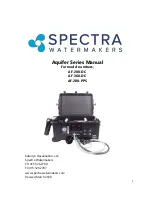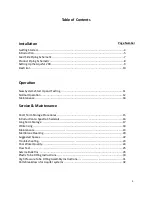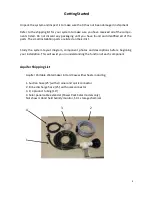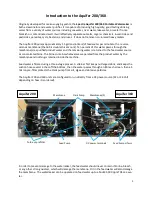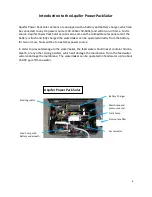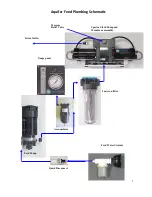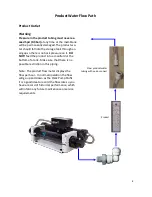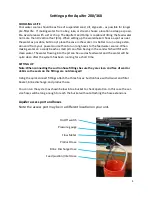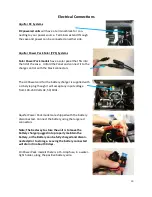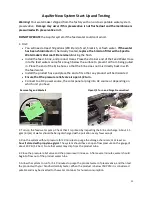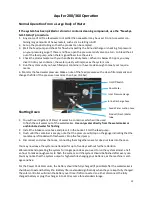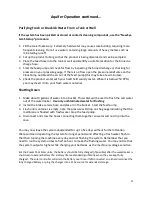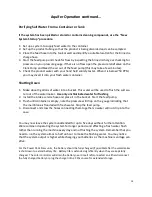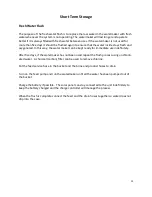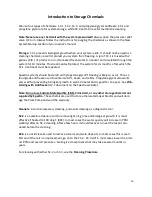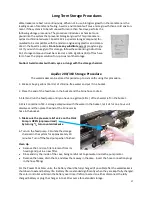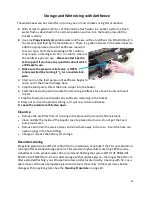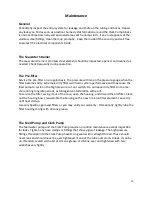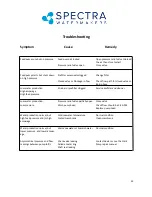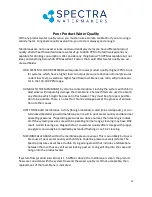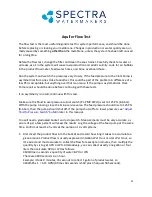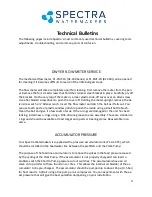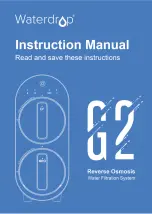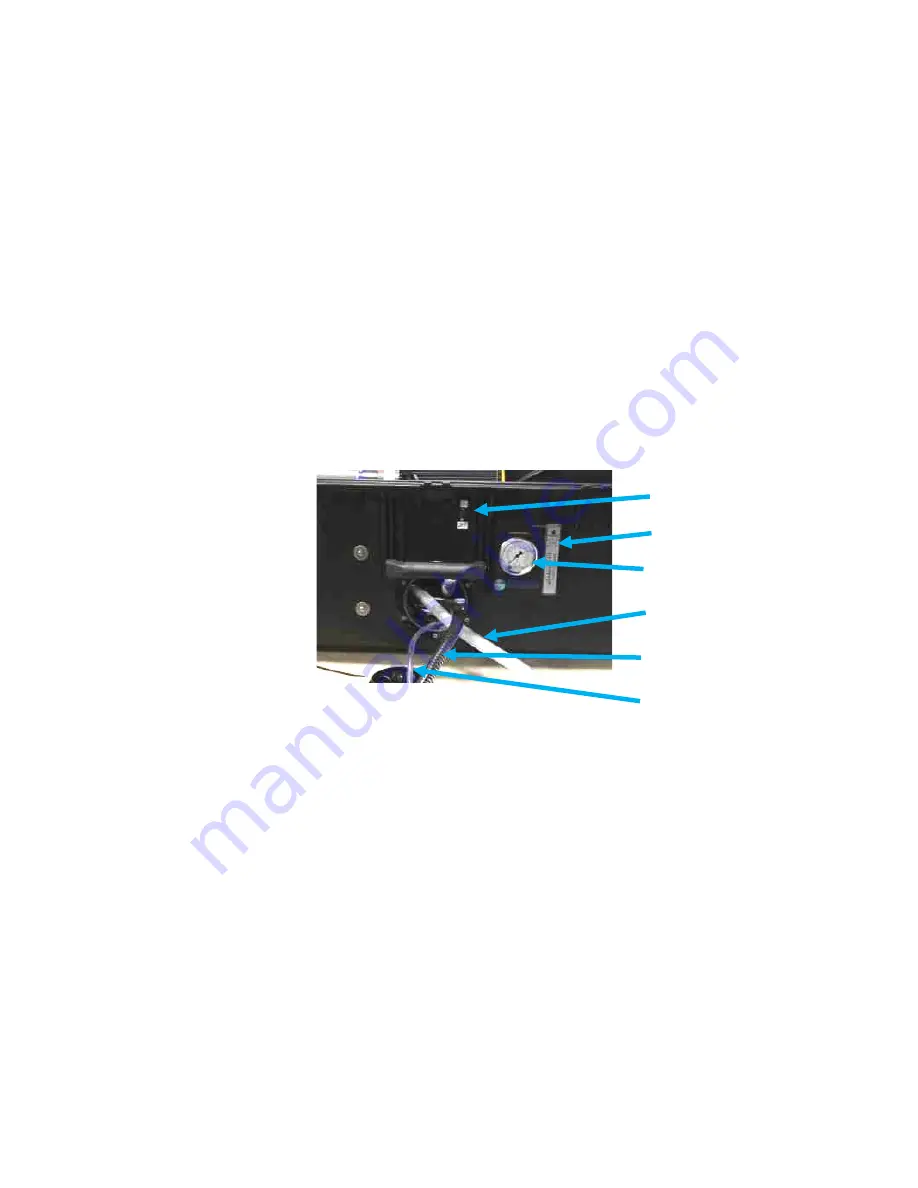
12
Normal Operation From a Large Body of Water
If the system has been pickled or stored or contains cleaning compounds, use the
“
New Sys-
tem Startup
”
procedure.
1.
Any source of oil
-
free feed water not saltier than sea water may be used. Do not use water con-
taining large amounts of heavy metals, such as mine tailing runoff.
2.
Set up the product tubing so that the product can be sampled.
3.
Start the feed pump and check for flow by inspecting the brine discharge or checking for pressure
on your pressure gauge. If there is no flow, open the pressure relief valve one turn to bleed the air
out of the feed pump, when there is good flow close the valve
4.
Check the product water with your handheld salinity tester. When it is below 750 ppm, you may
divert it into your container, the water quality will improve as the system runs.
5.
Run the system until you have filled your container or have made enough to meet your require-
ments.
6. Monitor the feed water pressure. Make a note of the feed pressure with a clean filter element and
change the filter if the pressure rises more than 5 psi (0.3 bar).
Shutting Down
1.
You will need 3 gallons (ll liters) of water in a container, which will be used
to flush the salt water out of the watermaker.
Use only water directly from the watermaker or
unchlorinated water for flushing
2.
Install the intake service hose and place it in the bucket. Start the feed pump.
3.
Flush until the container is empty, note that the pressure will drop on the gauge indicating that the
membrane is flooded with fresh water. Stop the feed pump.
4.
Disconnect and stow the hoses, connecting them together so water does not leak into the case.
You may now leave the system unattended for up to five days without further attention.
We recommend operating the system for longer periods as you need to run the system almost a half
an hour to make enough water to flush the system, and the system should be flushed after every use.
You may notice that the system output is higher while charging your batteries, as the machine is volt-
age sensitive.
For the Power Pack Solar units, the battery should be fully charged (if possible) after the watermaker is
shut down to extend battery life. Battery life is extended significantly when they are kept fully charged.
The solar controller will drain the battery over time if left connected so either disconnect the fully
charged battery or plug the charger into a 110v source for extended storage.
Aquifer 200/360 Operation
On/Off Switch
Flow Meter
Inlet Pressure Gauge
Brine Discharge hose
Feed Water suction hose
Product (Fresh) Water
tube
Summary of Contents for Aquifer AF-200-DC
Page 2: ...2...
Page 31: ...31...
Page 39: ...39 Parts 1...
Page 40: ...40 PL MTS 3 8X1 2B HP CYL SST HP CYL CCA SO HPP ECCB HP CYL EC HP CYL R HP CYL PT Parts...

